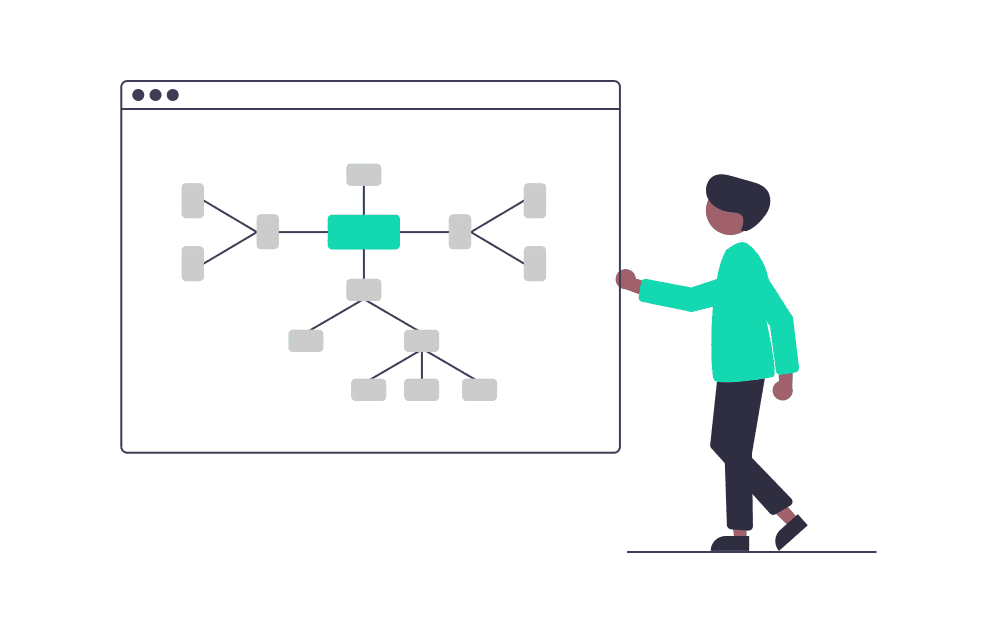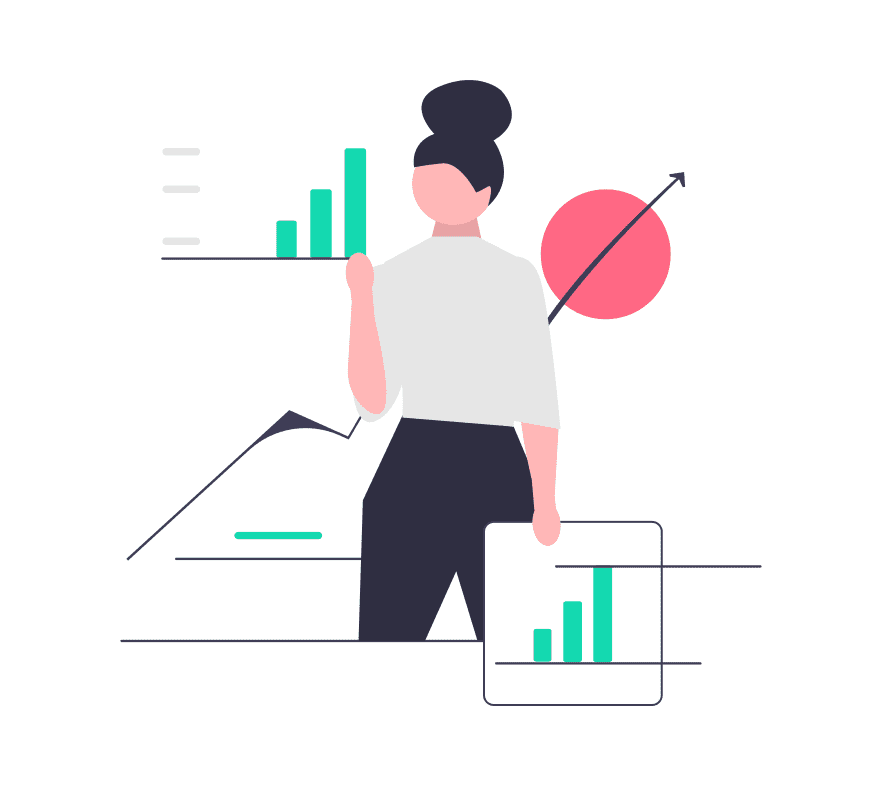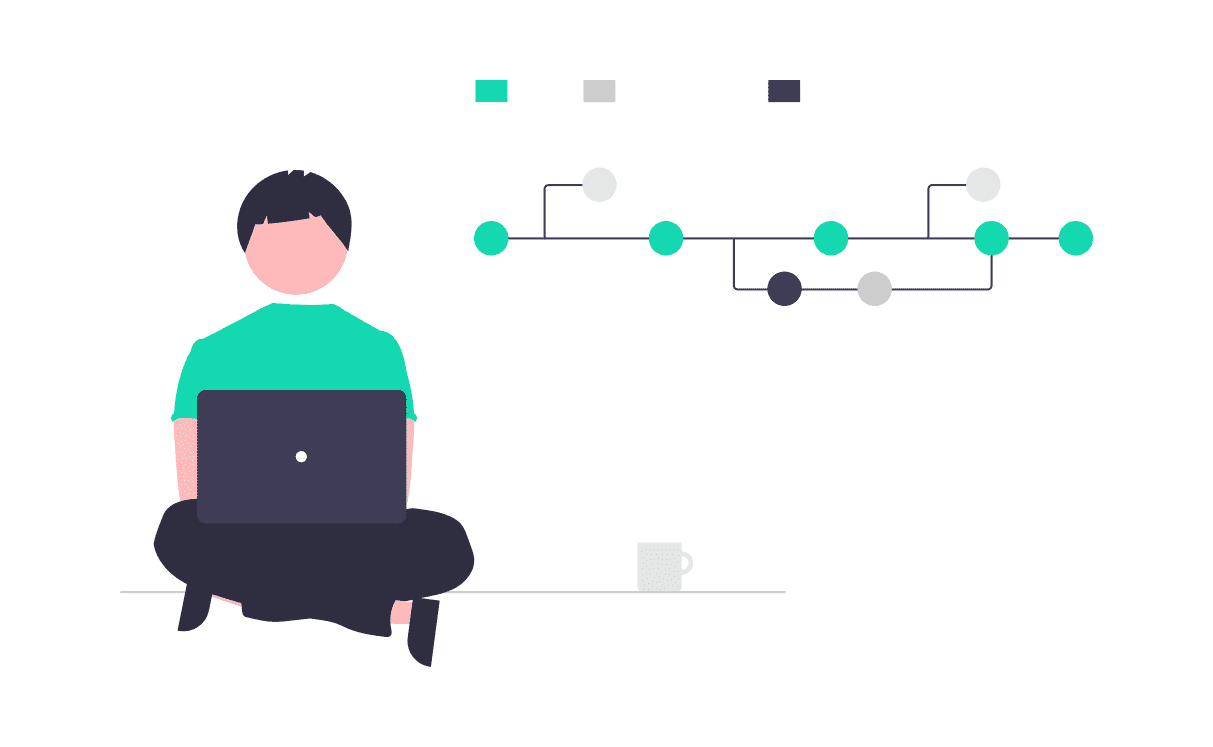Humans are becoming more dependent on artificial intelligence more than ever. The University of Georgia research report claims that mankind finds computers more reliable than humans. It is proof enough that modern mankind is fully surrounded by technology. The investors, traders, and trading market have not been left from this list.
The modern era is opting more for Algorithmic trading and using an Algo Trading app that allows traders and investors to trade efficiently with automated rules. Algo trading came to India in 2008, but today over 60% of Indian trading exchanges are done by Algo. It can execute large numbers of trades with precision which humans can not do.
Algorithms are not new to the Indian financial market. However, there are still many Investors who do not know the active use of algorithms. It works to avoid human errors and additionally increases the chances of potential profit. The process is slowly gaining momentum and taking the trading market toward revolution.
What is Algorithmic Trading?
Algorithmic trading is an automated and advanced process for executing trading orders. The method uses pre-programmed and automated trading instructions and variables like price, timing, and volume. An algorithm works as a set of directions that can solve different problems. Computer-based trading algorithms have high potential and getting more used in the trading market.
👉 Algorithmic trading combines computer programming and financial markets that can execute the right trades at the perfect timing.
👉 Algorithmic trading ensures the most perfect and efficient trading execution. It places orders instantly and also reduces trading fees.
👉 Trend-following strategies, arbitrage opportunities, and index fund rebalancing are among the most common trading strategies traders follow.
👉 Trading volume also plays a significant role in Algorithmic trading.
👉 Computer access, network access, financial market knowledge, and coding capabilities are necessary for Algorithmic trading.
Trading algorithms are used to place large orders. The speed of algorithm trading is extremely high, which is why it helps achieve competitive pricing and immediate delivery of trades. Algorithms always save time and vital resources so that traders can do their other jobs, such as analyzing the trading data, instead of manual order placement.
Trading algorithms are used to place large orders. The speed of algorithm trading is extremely high, which is why it helps achieve competitive pricing and immediate delivery of trades. Algorithms always save time and vital resources so that traders can do their other jobs, such as analyzing the trading data, instead of manual order placement.
How Does Algorithmic Trading Work?
Algorithmic trading, also widely recognized as Algo trading, is an advanced trading technique. It works based on an advanced coding method and different formulas of a mathematical model. The process is automated compared to conventional manual trading methods. In this system, human brains develop different algorithmic codes that instruct systems to make decisions based on circumstances. The mathematical models and algorithms are computerized to assess trading market situations efficiently.
When traders are a part of the Algo Trading Partner Program, they can easily do automated analysis with the apps. Traders even make better decisions related to open-close or enter-exit trades. Investors can even be involved in rapidly purchasing and selling assets and earning quick profits. Traders participating in multiple trades can reap profits from this.
Some key components are used to develop a trading algorithm. Four prime steps are vital in developing an end-to-end trading system and writing profitable strategies.
👉 Identify a Strategy:
Strategy identification helps decide which market you want to trade. Then, develop the logic through which you want to trade. In the last step, defining the parameters is also necessary.
👉 Backtest Your Strategy:
Properly analyzing and backtesting the strategy's performance impacts the historical data and removes biases.
👉 Execute Your Strategy:
Linking to a brokerage and minimizing transaction costs is part of your strategy's execution.
👉 Manage Risk:
Creating pre- and post-trade checks helps to avoid any kind of trading loss.
What Are The Types of Algorithmic Trading Strategies?
Algorithm trading requires a good trading strategy. With this, traders aim to improve trading revenues and cut trading costs. Popular trading strategies include arbitrage, mean reversion, index fund rebalancing, and market timing. There are other strategies too. Below we are mentioning the common and popular ones.
-> Index Fund Rebalancing:
Index Funds work consistently to rebalance traders' portfolios and match the asset’s current market price. This strategy creates opportunities for algo traders and increases the chances of the expected trades for making more profits.
-> Momentum Investing:
Momentum investing strategy is one of the most common algorithmic trading systems in the market that many traders and investors follow. This strategy checks the market trend and moves significantly toward the high-volume direction.
-> Mean Reversion:
Mean reversion systems tend to revert many asset prices after they become oversold or overbought. Investors or traders following this strategy can assume the right stock price and revert to the average price.
-> Factor-Based Investing:
Factor-based investing is a popular strategy where investors and traders choose securities based on attributes. Those are related to higher returns and historical data. In this investing method, two main types of factors drive higher returns on stocks and bonds.
-> Trend Following:
When the talk is about algorithmic trading systems, trend following is one of the most popular and oldest strategies traders and investors apply. This strategy actively involves algorithmic monitoring of the market to execute trades. Here the technical analysis and market patterns work as indicators for trading.
-> Statistical Arbitrage Strategy:
Statistical arbitrage systems are full of quantitatively driven trading strategies. These strategies impact the financial instruments and analyze the price differences and patterns. Investors prefer using this strategy to generate higher profit amounts than usual.
Advantages of Algo Trading
There are so many advantages to utilizing the Algo trading system. Using Algo Trading Software also ensures that traders are taking advantage of the maximum limit. It is proof that the global Algorithmic trading market is projected to reach to USD 2.19 billion in 2023 to USD 3.56 billion by 2030.
- Traders' emotions work in trading. But in the case of Algo trading, removing emotions from trading allows traders to make better decisions. Traders don't even wait for a second guess for buying or selling orders because the algorithm automatically does it. It enforces a system and discipline, which are the keys to success in a volatile market.
- Automated trading systems work to improve the overall speed of the process. Computers also respond instantly according to the algorithm and help in faster transactions. Hence, more orders are made in a shorter time, bringing more precise results.
- Algorithmic trading uses automatic algorithms to assess market data before making orders. A human trader might take a few minutes or seconds to make a decision, whereas an algorithm has the potential to make an instant decision. This is especially helpful in turbulent markets where a quick reaction is necessary.
- Automatic Algo trading reduces the time between submitting an order and closing it. This means it impacts the open and close ratio. Automated trading isn't paid unless the whole process is successful; Thus, there is no need to pay any additional cost.
Risk & Challenges of Algo Trading
Various factors, such as programming errors, data inaccuracies, or even market fluctuations, can create risks in Algo Trading. However, an Algo trading engine can save traders from these risks to a certain extent. Sometimes, having a solid risk management strategy also helps traders prevent these risks and avoid losses.
Algo trading can bring significant profit for traders, But it is necessary to stay aware of some risks involved in Algo trading.
Technical Risks:
Technical risks include system failures, data inaccuracies, and even programming errors. This is the reason why traders face incorrect signals in trading algorithms. Sometimes it leads to poor trading decisions and significant losses. To mitigate the technical risks, regular maintenance and proper back-testing are necessary. It ensures that the algorithms are functioning properly.
Market Risks:
Unexpected events, price fluctuations, and market volatility are ideal examples of market risks. For unprepared traders, it might bring losses. Managing market risks is easy when traders use risk management tools and diversify their portfolios towards better market exposure in different markets.
Operational Risks:
Operational risks include regulatory compliance, liquidity, and even cybersecurity. There are high possibilities of a data breach or ransomware attack, which may result in the loss of sensitive information. Traders can handle these operational risks effectively by staying up-to-date with regulations, implementing advanced cybersecurity measures, and maintaining adequate liquidity.
Behavioral Risks:
Behavioral risks are created by emotional biases, overconfidence, or even wrong practices. Sometimes these risks lead traders to apply the wrong backtest trading strategies and incur losses. To manage these behavioral risks, traders should know how to implement proper discipline in their trading strategies. They should use risk management tactics to control market exposure.
Difference Between Algo Trading & Manual Trading
Knowing the difference between Manual trading and Algo trading is necessary. In manual trading, a trader manually opens and closes trading positions. In algo trading, trades are executed automatically based on specific algorithms. Below is a comparison mentioned between manual and Algo trading as proof that the right strategies can only bring the maximum profit.
As the market is constantly evolving and changing, the strategies for trading should be adjusted accordingly.
| Manual | Algo |
| Emotions can influence many decisions. | No fear or emotions can impact the trading decision. |
| Buying or selling can be done without predefined rules. | Algo trading can be done with the right algorithms that are tested and predefined. |
| The trader has to monitor 24/7. | The Algo bot tracks the signals and also monitors the market constantly. |
| Risk management is necessary to avoid losses. | The Algo bot tracks the signals and also monitors the market constantly. |
| No success is guaranteed because human emotions impact the strategy's efficacy. | The chances of success are higher because each algorithmic strategy here is tested. |
| Price slippage can happen significantly. | Here the positions are opened and closed based on predefined levels, reducing the chances of slippage. |
Role of Technology in Algo Trading
In recent years, Algo trading has become very popular. Even the increased data availability and technological advancements have made this trading a preferable choice for many traders. An excellent Algo Trading Software is proof of these trading advancements. In this section, we will discuss the recent developments in Algo trading.
- The latest advancements in AI and ML algorithms are one of the biggest improvements in Algo trading. Due to these technologies, a large amount of data can be found that human traders might not notice manually. These technologies assure better returns, offer more precise results, and help make effective trading decisions. The timing required in trading to execute the right strategies is also reduced because of the use of AI and ML.
- Cloud computing is another technological advancement in Algo trading. With this, traders can get instant access and process a massive amount of data anytime and from anywhere. Whether beginners or professionals, they can participate in Algo trading without using expensive hardware and infrastructure. It is especially helpful for traders managing high-volume trades.
The future of Algo trading is bright and looks very promising because of the advancements in technology and data. Blockchain technology is also another potential advancement in Algo trading. It is used to verify trades in real time. All these advancements have made Algo trading more efficient and transparent.
Why Is SpeedBot Considered As a Leading Algo Trading App To Perform Algo Trading?
SpeedBot is a free and excellent trading app for the web and mobile that allows traders to do Algorithmic trading successfully. If you are looking for an Algo trading engine, SpeedBot is India's best Algo trading app. Traders using it can analyze and execute different Algo trading strategies on a single platform. Moreover, a single trade bot can be deployed in various broker accounts using this. According to various strategies, it also gives the scope to configure numerous bots. Speedbot works on a secure and sophisticated cloud architecture easily accessible by traders.
Speedboat even offers an
A trading bot is used to purchase and sell stocks automatically. There are different predefined parameters through which traders can configure the bot and execute trades depending on different market trends. This bot also simulates historical data to check for the right strategy. Once you register with SpeedBot, you will find a list of high-performing trade bots where you can experience a free trial and then start earning maximum profits.
Case Studies & Examples
In this section, we are showing an example of algorithmic trading strategies based on the real world.
Momentum Trading Strategy Case Study: Short-term momentum between 3 and 12 months has proven to have worked well in the stock market. It has been performing great for many decades. This Bitcoin momentum strategy is an example to prove this statement.
Example - Suppose an investor who wants to buy one million shares in Samsung buys the share in 1,000 shares batches. The investor may buy 1,000 shares every five minutes and continue for an hour. Then the investor can evaluate the impact of Samsung stock's trade and market price.
Conclusion
According to the sources, the Algorithmic Trading Market will grow from USD 15.77 billion in 2023 to USD 23.74 billion by 2028. Though the usage of the Algo trading market is soaring, and the usage of the Algo trading app is increasing, more development and awareness about this trading technique are still required. There are lots of experiments and tests happening to find every detail of Algo trading. However, the Indian Algorithmic Trading Market is changing, and the traders adopting this process are achieving success.
Because of electronic trading platforms and new technological innovations, the Algo Trading market in India will witness a drastic change. Indian Traders now using algo-trading are reaping the benefits and going towards a better financial state!






